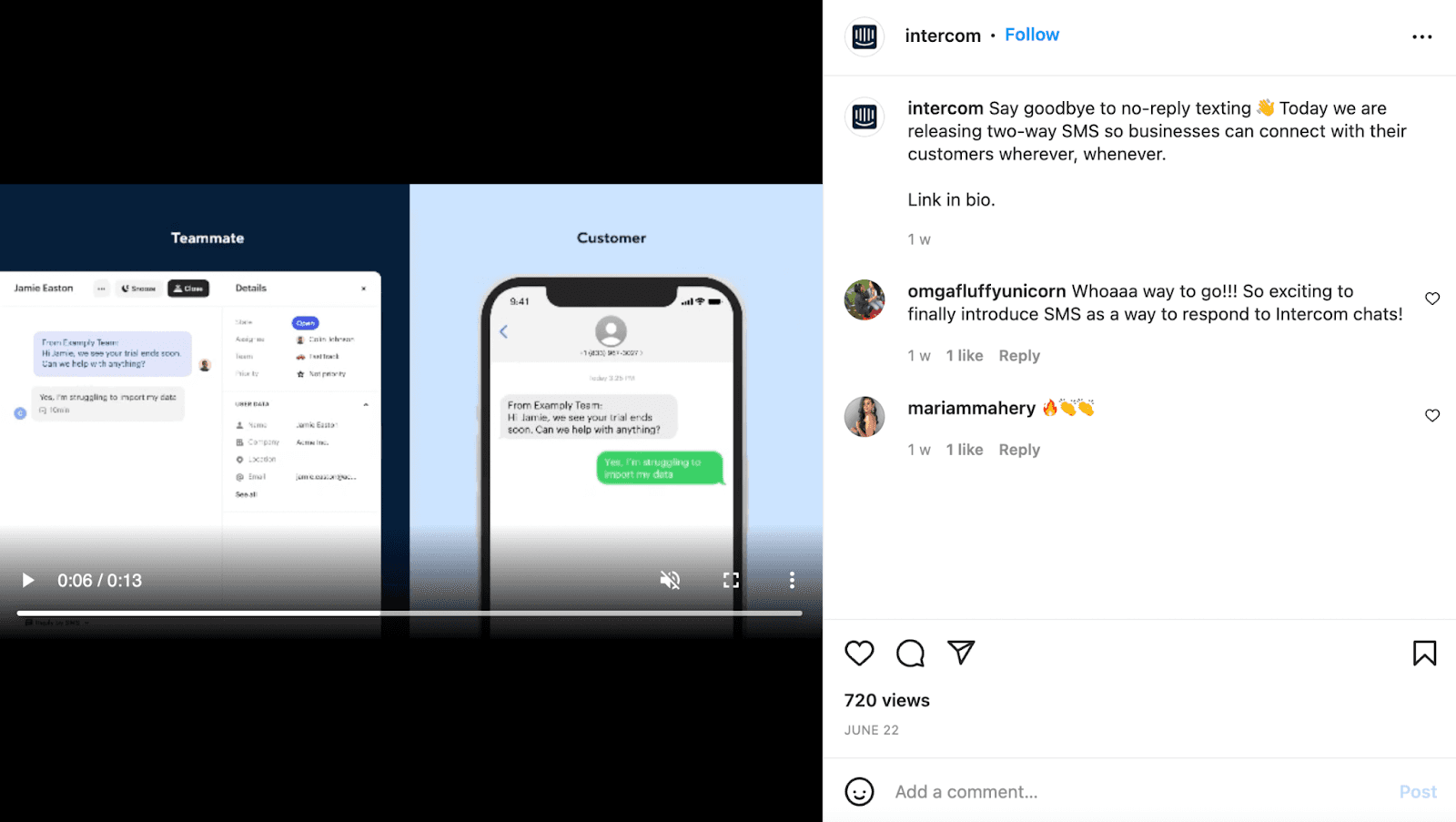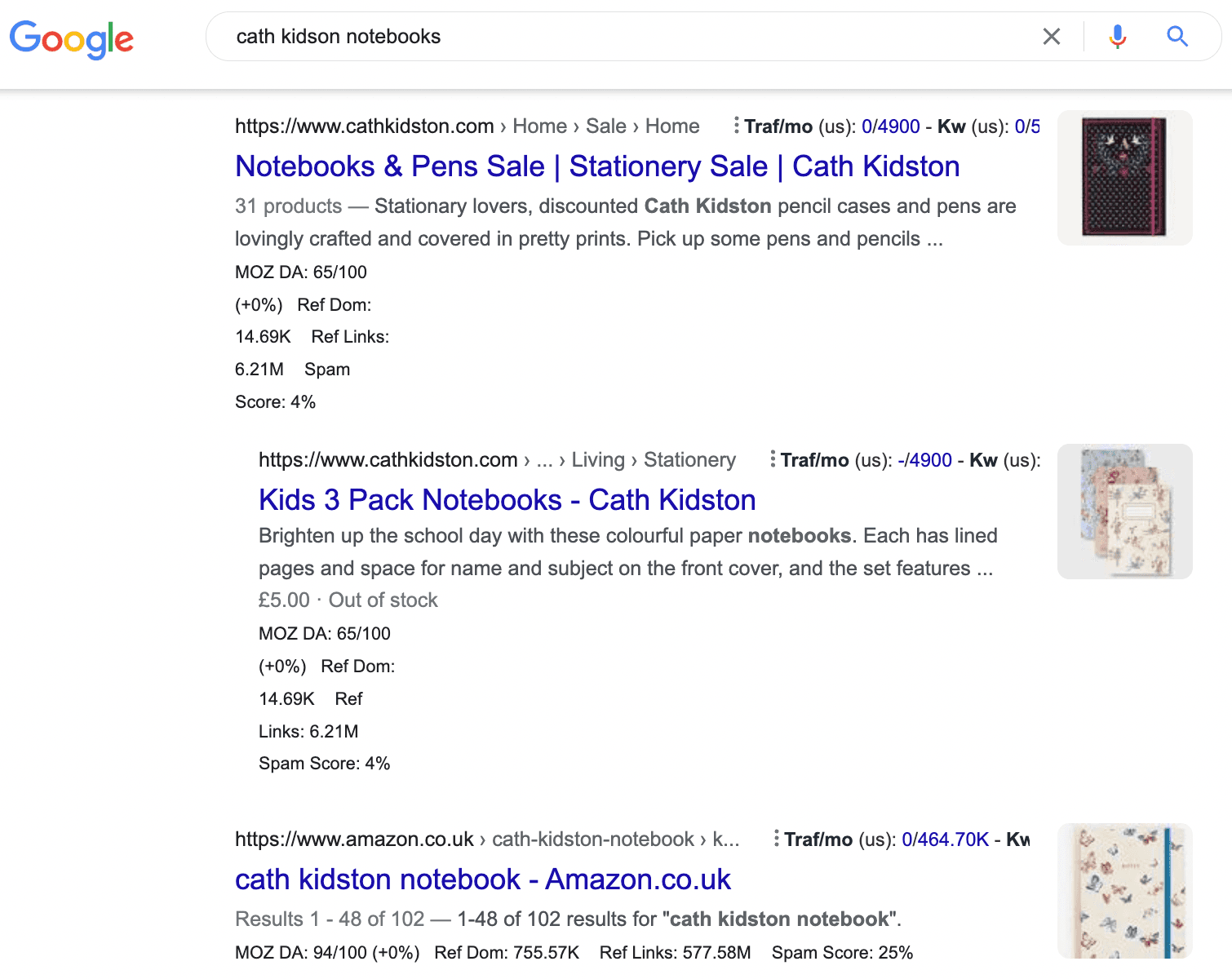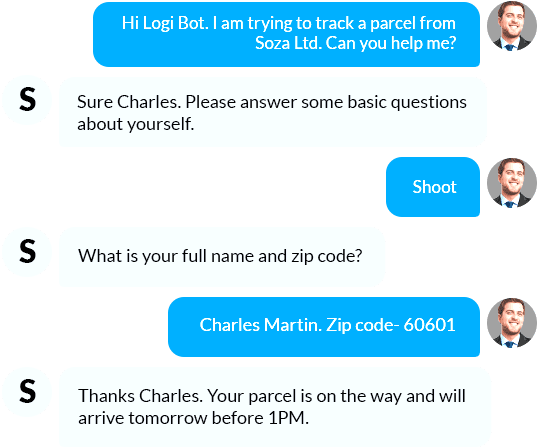Understanding marketing channel importance is a crucial concept in business. Marketing channels are the vessel between you and your audience. They allow the seamless exchange of information between your brand and its buyers, providing the opportunity to reach more people and expand awareness of your product and services.
Marketing channels are important because they:
- Identify the best channels to distribute to a target audience.
- Ensure products reach their intended audience.
- Save time and money by having a channel do the work.
- Reach more customers.
1. Collect Market Information
As well as distributing information, marketing channels should also collect data and insights into your target audience. This data might include details like where they’re located, their job role, and how they interact with your brand on the channel.
Access to a wealth of information about your target market will help you serve relevant content that connects and resonates with them. For example, if you learn that your target audience is busy professionals in New York City, you can deliver content that ties into their lifestyle and unique needs.
When you better understand who you’re trying to reach, you can build buyer personas that will help you create highly-targeted content for each audience segment. Market information improves everything, including click-through rates (14%) and email conversion rates (10%).

The Muse uses Twitter polls to ask its audience what would improve their workday. It can use this information to create additional content based on their replies.
2. Distribute Product Or Service To Customers
Getting your product or service in front of customers is difficult, especially when competition in most industries is incredibly fierce. Marketing channels are a key way to get the word out and put what you’re offering in front of the people who need it most.
Think about it: someone who needs your product may never find your website, but they might come across your product in a social media ad when scrolling through Instagram. Understanding marketing channel importance is critical because it provides a way to share your products with new customers and keep existing customers up-to-date.
Doing this will give you a broader customer base and attract customers from all different channels. Plus, it will solidify loyalty among people who have already bought from you.

Ethical Bedding uses PPC campaigns to distribute its products to high-intent buyers. Shoppers searching specifically for “silk bed linen” are already in buy-mode and, therefore, more likely to invest in Ethical Bedding’s product.
3. Promote A Product Or Service
Marketing channels are great for distributing your product and service, but they’re also crucial for promoting what you offer. They can introduce your products and services to new potential buyers while highlighting the benefits of your brand compared to other similar brands.
This step is an important part of the sales cycle as consumers evaluate their options and make a final decision. Most consumers use marketing channels to conduct product research, including 76% who use social media and 51% who use Google search. The more visibility you have across key marketing channels, the more likely someone will choose you.

Intercom uses videos on Instagram to highlight its latest product features and showcase its services’ benefits.
4. Manage Transactions
Transactions are the lifeblood of a business. Today, it’s not enough for brands to take an order and immediately stop communication with customers.
Marketing channels can help you keep shoppers up-to-date with their orders via transactional emails or SMS messages that track their delivery and manage transactions, like taking payment and delivering customer service for shoppers pre-and post-purchase.
Managing transactions via channels customers are most comfortable with builds trust, increases engagement, and aligns with customer expectations. Transactional emails, for example, have a 4.8% click-through rate, which is 3x higher than non-transactional emails.

G Suite uses email to manage customer transactions. Users can view and amend their billing information and access customer support through one email.
5. Carry Inventory
Different customers prefer to buy from different places. While some will always head straight to Amazon, others prefer shopping in their social media feeds, Google Shopping, or other channels. Marketing channels allow you to promote your products in different places and carry inventory in those places too.
For example, someone can buy the same product directly through Instagram, straight from a Google Shopping ad, or on Amazon, depending on which channels you use to include your inventory. The best part is that these channels do all the hard work for you – they can track your inventory as it dwindles, automatically add “out of stock” stickers to products, and update your inventory as and when needed.
According to research, 76% of consumers say that convenience is a key priority when choosing a brand, and carrying inventory across various channels makes it easier for shoppers to buy on their preferred platform.

Cath Kidston stocks notebooks on its website, Amazon, and several other channels.
6. Risk Sharing
Marketing channels distribute the risk involved in marketing on one particular channel. For example, if you rely solely on your website to make sales and suddenly Google runs an update that destroys your organic traffic flow, you’re left scrambling to pick up the pieces.
Marketing channels spread the risk across several platforms, providing more ways to reach people and less risk of losing your sole source of buyers. While you don’t necessarily need to use every marketing channel available, choosing the ones that work best for your brand can be an excellent way to keep a consistent flow of traffic, conversions, and sales coming in.
Today, 52% of marketers use 3-4 marketing channels, while 87% of retailers say that an omnichannel marketing strategy that includes multiple marketing channels is crucial to their success.
7. Negotiation
Bargaining with manufacturers and customers about a product’s price, quality, and guarantee is a standard part of business. Your bargaining power can affect the quantity, pricing, and quality decisions from a manufacturer, and marketing channels help leverage that bargaining power.
Marketing channels are not only a way to communicate with both manufacturers and the people who buy from you, but they are also a tool for promoting the quality of your products and how in-demand they are.
For example, if you get millions of website visitors a month, you can often drive manufacturer prices down. From the customer side, you can showcase the quality of your product through various channels, which will help you negotiate a higher price.
8. Manage Logistics
The final part of the sales process is delivering the product to your customers. Surprisingly, 55% of ecommerce brands still use pen and paper manual processes to manage logistics. This usage can lead to human error and is a huge time-suck.
There’s a better way. Marketing channels can automate the logistics process, sending customers updates on their orders and tracking the fulfillment process from the manufacturer up until the final delivery. Customers can get insights into the logistics of their order via their preferred channels, but it also gives you a chance to automate the behind-the-scenes processes and free up time to work on other parts of your business.
The backend of marketing channels gives you visibility into the logistics process and to see where each user is in their journey or where each shopper is in the buying process. These insights make it easier to group audiences based on their position in the sales cycle and improve logistics in the future.

